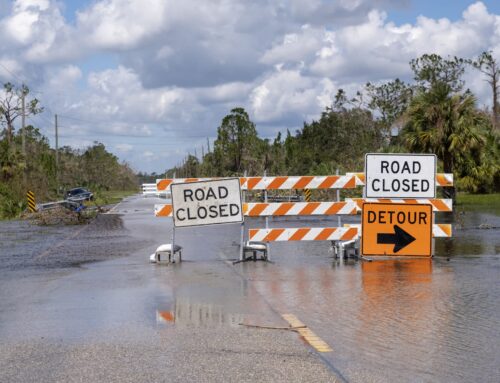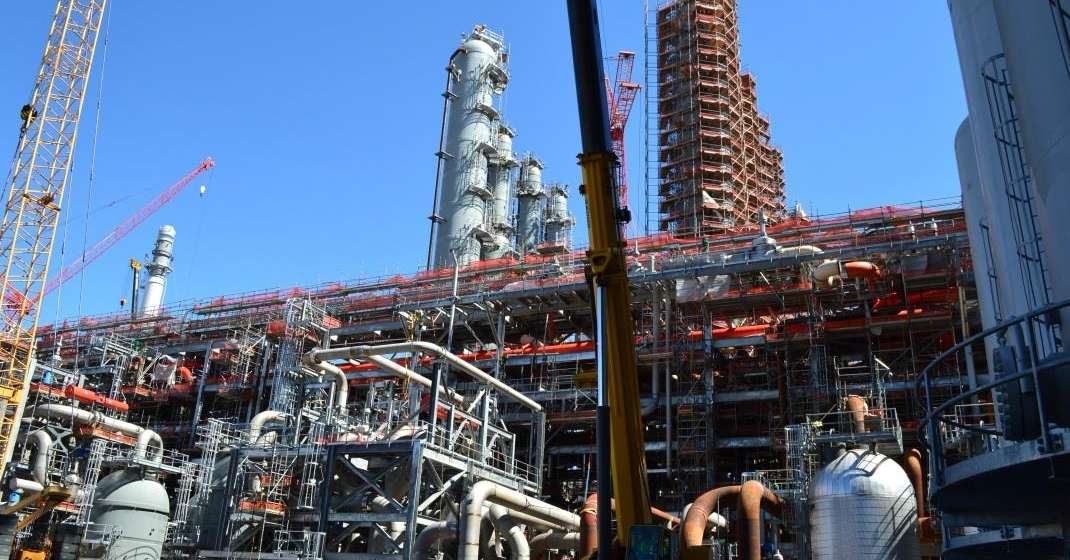Chart 1:
| Request | Appropriation | Congress’s Increase Beyond Request | % Increase | |
|---|---|---|---|---|
| Fiscal Year 2014 | $4,826,000,000 | $5,467,499,000 | $641,499,000 | 13.30% |
| Fiscal Year 2015 | $4,533,000,000 | $5,454,500,000 | $921,500,000 | 20.30% |
| Fiscal Year 2016 | $4,732,000,000 | $5,989,000,000 | $1,257,000,000 | 26.60% |
| Fiscal Year 2017 | $4,620,000,000 | $6,037,764,000 | $1,417,764,000 | 30.70% |
| Fiscal Year 2018 | $5,002,000,000 | H: $6,157,764,000 S: $6,201,400,000 | H: $1,155,764,000 S: $1,199,400,000 | House: 23% Senate: 24% |
| Fiscal Year 2019 | $4,784,583,000 |
FY19 request is 4.3% cut from last year’s request
FY19 is 23% less than what’s likely to be appropriated
Chart 2
| FY15 | FY16 | FY17 | FY18 | FY19 | |
|---|---|---|---|---|---|
| Presidential Budget Request Compared to Previous Year’s Appropriation | -$934.5 billion | -722.5 billion | -$1.369 billion | -$1.036 billion | -$1.390 billion |
| 17.1% decrease | 13.25% decrease | 22.86% decrease | 17.15% decrease | Likely a 23% decrease |










